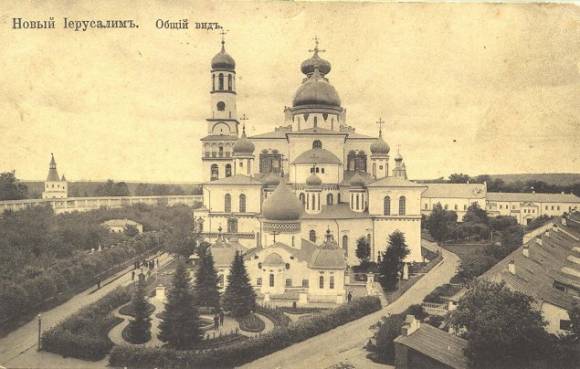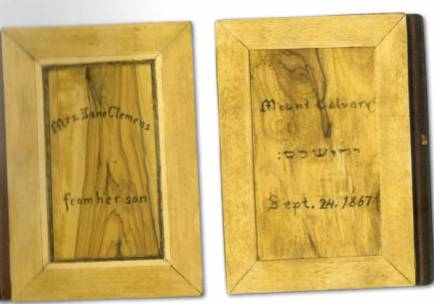“He’ll become an antisemite here anyway.”
Israel as Seen by Karl Hartl, the First Austrian Diplomat in Tel Aviv (1950–55)
ABSTRACT
The Austrian government recognized the state of Israel de facto on March 15, 1949. A year later Austria’s first diplomatic representative arrives in Tel Aviv: Consul First Class Karl Hartl, born in 1909 in Vienna and married to Franziska Grünhut, a Jewish physician. He was a socialist and during the war had been active in the French resistance. In his reports he describes and analyzes nearly all aspects of the political, social, and economic life in Israel and the relations with Austria. The longer he is in Israel the sharper is his criticism of the young state, in his opinion an “artificial state,” which has a border “that sweats blood.” He is convinced that Israel has to be content with “what it really is – a small, very poor country. And only peace with the Arabs will lead to this meager halfway-secure existence.” With respect to the Arabs, Israel has reformulated the old law of the desert: “No longer a tooth for a tooth, but a whole set of teeth for a tooth.” By the time Hartl left Israel in 1955 he called himself an antisemite.

